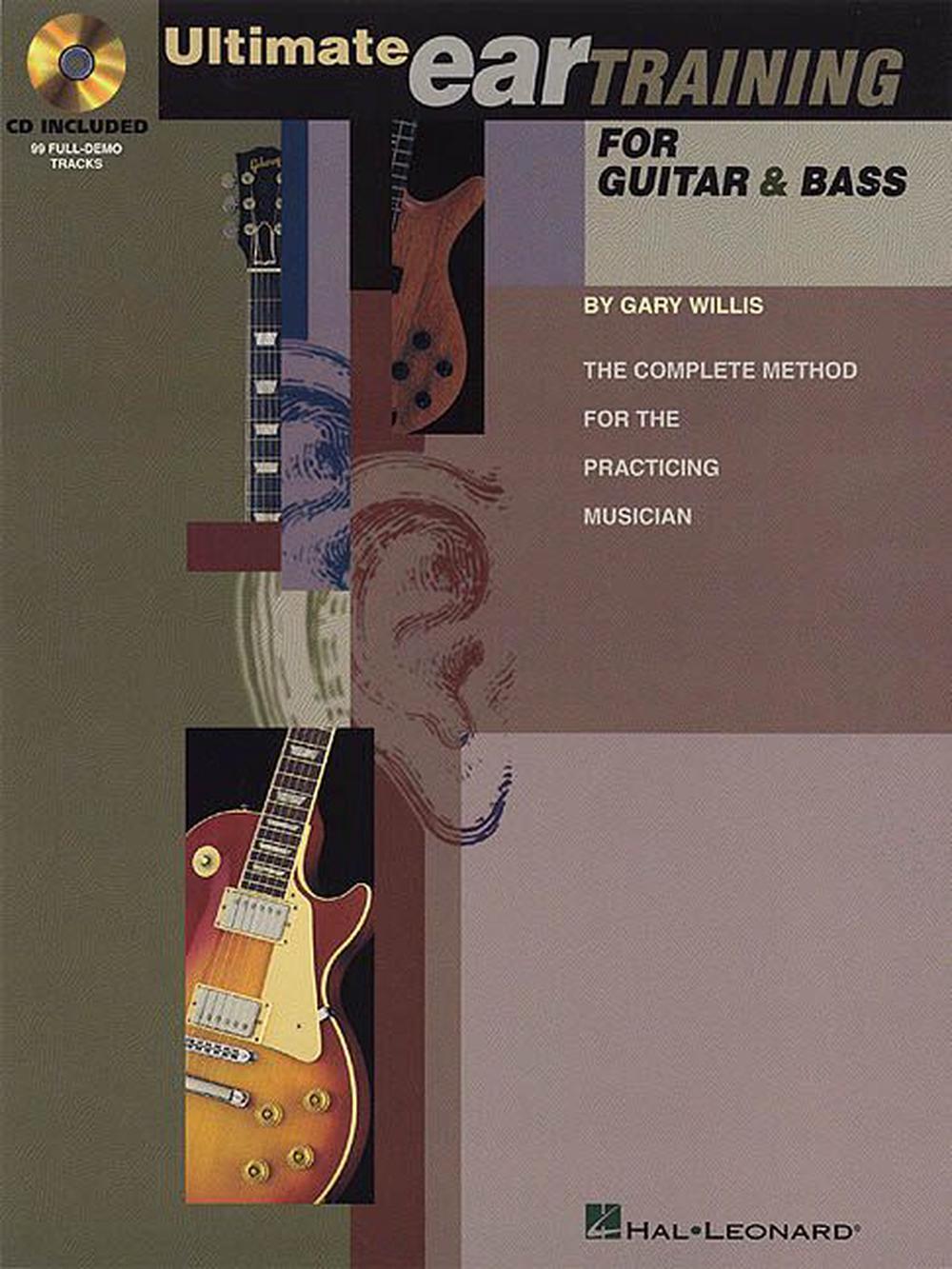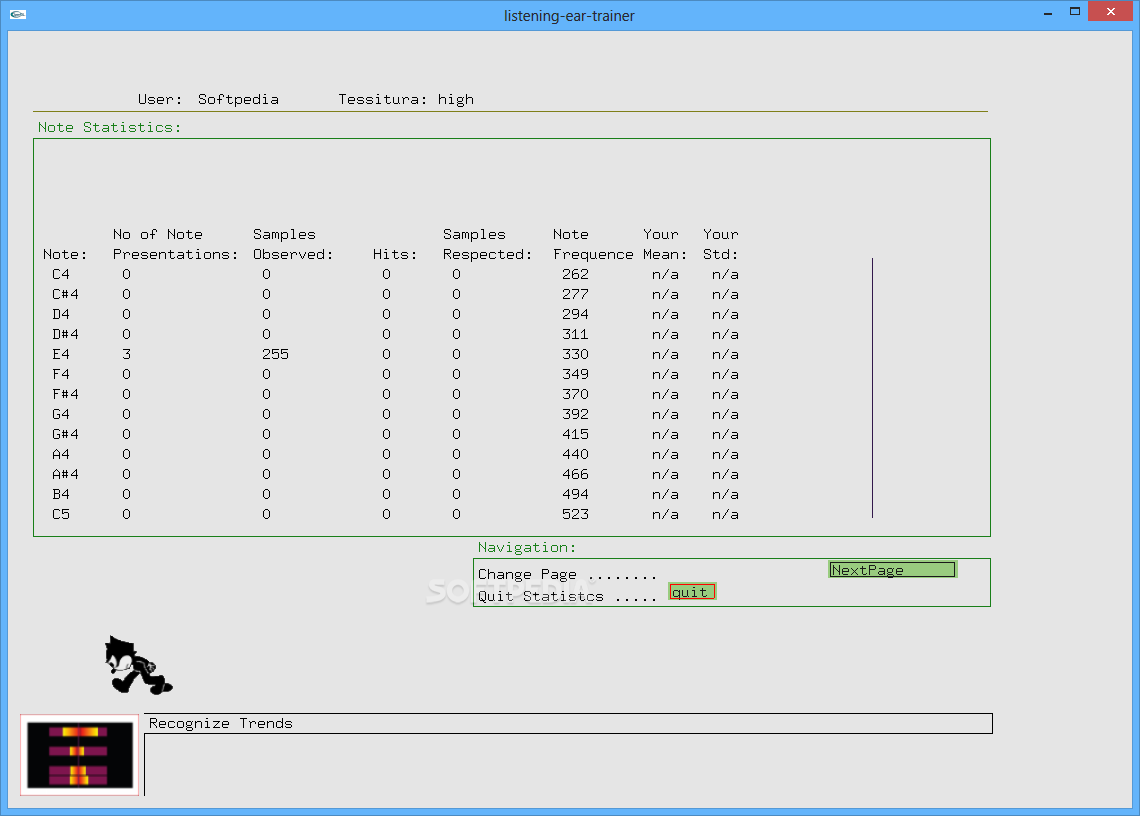
No MIDI sound card settings and initial options to deal with.
Guitar ear trainer software#
Unlike the previous versions this new V2 software is a cross-platform Adobe Air application and there’s no additional set-up required.
Guitar ear trainer install#
Head on over to Alain Benbassat’s site, then download and install the free Functional Ear Training software. Step 1 – Download the Functional Ear Training Software All the principles/exercises can also be transferred to the more up-to-date Functional Ear Trainer App. The screenshots in this article show the legacy software. However, it does not seem to get maintained/developed further anymore.
Guitar ear trainer windows 10#
The original software still runs on my Windows 10 PC. No, because fortunately there’s a better way.Īttention: this is an article that I originally published back in 2011. Now the big question is: how do you do that? Do you just listen to music and hope that those characteristics jump out at you? Should you just sit down at the piano and play individual keys over and over again trying to memorize their sound? It’s your job to learn to recognize that difference in tonal character. And with the different function goes a different sound quality as well. Simply put, the C note plays a different role in the key of B major than in the key of C major. How come the same C note can sound so different?

The identical C note is then played after a B chord. Notice how stable and resting the C note sounds. Let’s listen to a C chord followed by a C note. Instead of learning to recognize the sound of individual intervals, with functional ear training you focus on learning the specific sound of a note in the context of tonality. One of the best ear training methods I’ve come across is functional ear training. It helps you develop the skill of understanding what your ears are hearing. You need the ability to analyze and interpret the incoming sound. However, there’s more to hearing than registering sound waves via your eardrums. Use ear plugs in loud locations (concerts, gigs, rehearsals) – it’s the smart thing to do. I hate to break the news to you, but no, you won’t automatically have Beethoven’s musical skills by becoming deaf like him. people skills (band members, managers, at venues)īut your most prized possession as a musician is… Your Ears!įirst of all it is essential to protect your hearing at all cost.an understanding of basic recording technology.by Posted by GuitarOrb.Ludwig van Beethoven contemplating functional ear training 😉 It’s also helpful to hear the root note like this if you are allowing inversions, as the root note will not always be the lowest note played in the arpeggio in this case. typically when a soloist plays an arpeggio, there is a clear indication of the root note in the accompaniment and this option helps with this. There is also an option to hold the root note in the bass while the arpeggio is played.

This should be quick enough to try to start to pick the overall impression of the chord type without having to consider each note your hearing. The arpeggios can be played at three different speeds and if you set the note speed to short they are played quite quickly. By allowing sequences and inversions, you start to get a number of ways that any chord type may be played, making the testing harder to pick out the chord type.

You can read about sequences in our article on guitar scale sequences and this is then applied to the arpeggios. They can be played either ascending, descending or ascending then descending.Īdditionally the arpeggios can either be payed straight up or down or you can chose to allow them to be played as sequences. The arpeggios can be played over one octave or two octaves. An inversion is when a chord tone other than the root note is the lowest note of the arpeggio. Arpeggios can be played in root position only or you can chose to include inversions. There are a number of options to use the app in different ways. There are 10 chord types to pick from and you can test any combination of these chord types at a time. Arpeggios are the notes of a chord played individually rather than together as in a chord.

This app will train your ability to pick the chord type of arpeggios.


 0 kommentar(er)
0 kommentar(er)
